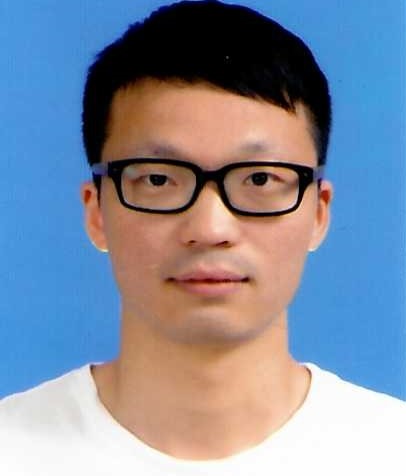3-D Contour Deformation for the Point Cloud Segmentation
Published in IEEE Geoscience and Remote Sensing Letters, 2021
Recommended citation: Xu Sheng, Han Wen, Ye Weidu and Ye Qiaolin(*). "3-D Contour Deformation for the Point Cloud Segmentation." IEEE Geoscience and Remote Sensing Letters, vol. 19, pp. 1-5, 2022, doi: 10.1109/LGRS.2021.3098924. https://ieeexplore.ieee.org/abstract/document/9501163
The 3-D point cloud segmentation has played an important role in spatial structure analysis. Nowadays, segmentation methods either use a primitive-based strategy to fit points in predefined geometric shapes or group points based on their attributes (e.g., spatial distance). However, the required segmentation results, e.g., primitive level or object level, depend on the application. Therefore, this letter develops a semiautomatic method to extract contours for the users’ desired segmentation. First, we initialize a 3-D closed curve for the target. Second, we calculate the internal and external force based on the proposed vector flow to deform the curve. The deformation equation is solved based on the Euler equation and calculated iteratively. Finally, the curve is converged as object contours. After one removes contours, those disjoint points are grouped as the users’ desired instances. Experiments are conducted on various point clouds to demonstrate the effectiveness in terms of accuracy and consistency. Our quantitative evaluation outperformed selected primitive- and object-based methods, which presents a new viewpoint to the point cloud processing.
Recommended citation: ‘S. Xu, W. Han, W. Ye, Q. Ye(*). "3-D Contour Deformation for the Point Cloud Segmentation." IEEE Geoscience and Remote Sensing Letters, vol. 19, pp. 1-5, 2022.’
